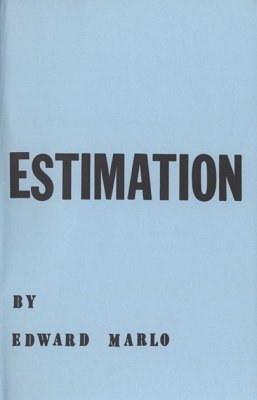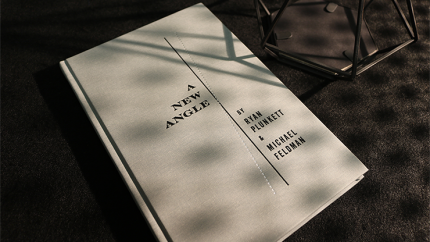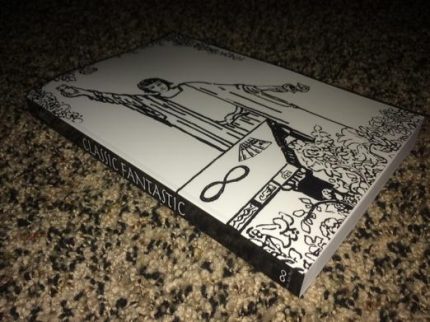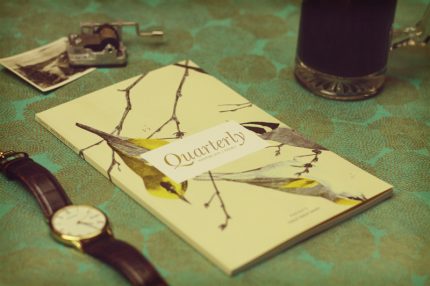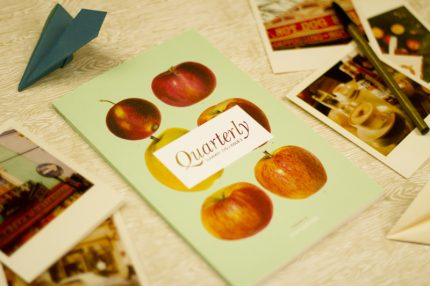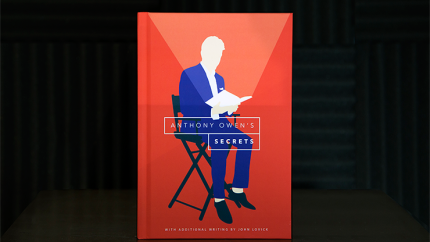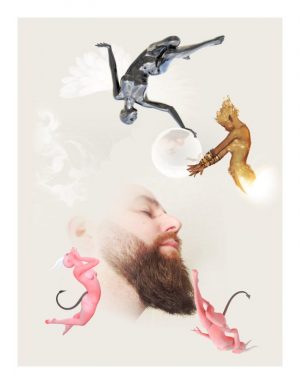The Art of Illusion by John Mulholland, MAGIC FOR MEN TO DO. 1944 Charles Scribner’s Sons, The Scribner Press. First edition.142 pages.7 1/2 X 5 1/4. Black and white line photos. Facts of magic and how to master them; the author states that the trick herein were selected to be interesting to intelligent adult audiences yet quite easy to learn.
John Mulholland (1898-1970) was a magician, writer, editor, lecturer, collector, and leading authority on professional magic. Mulholland is easily my favorite writer in the field of magic. Even as a young teenager I quickly picked up on the fact that Mulholland was the best writer on magic in my small but growing collection of magic books. I learned from Mulholland’s Magic for Entertaining (1963) that magic happened in the performing, not in the mechanics of the tricks.
The Art of Illusion: Magic for Men to Do (1944) was written to teach adult beginners how to perform magic for grownups. The reader will need neither sleight of hand nor difficult apparatus to perform the tricks in this book.
Tricks for an effective repertoire have been selected with care for inclusion in this book. There is far more to the tricks described in these pages than you will find in the “jokes” on sale at novelty shops. Mulholland adds value to his tricks by making savvy remarks on the general psychology of magic.
Mulholland describes tricks that use simple props: an ordinary coin, a piece of string, a pack of playing cards. The reader can take pride in the fact that he will be able to put something over on his audience without a pocketful of gadgets.
My Favorite Quote. “Magic is the art of creating illusion agreeably.”
About Mulholland. As a young performer, Mulholland did not book into vaudeville, where Houdini and Thurston were great names, but onto the lecture circuit, where he treated audiences with the love and social meaning of magic, all the while making his points with bits of magic from everywhere, old and new.
Mulholland served as the Secretary of the Society of American Magicians (SAM), America’s oldest and most prestigious magician’s society.
Mulholland became the editor (1932-1953) of The Sphinx, a celebrated magazine for magicians only. Indeed, Mulholland was the last editor of The Sphinx that was published from March 1902 through March 1953.
Mulholland’s personal library of books on magic was one of the largest (3,500 volumes by 1937 and over 4,000 by his death), second only to that of Houdini, whom incidentally Mulholland knew well. Mulholland loved to talk about his books and where he found them.
According to Dr. John N. Booth, John Mulholland was “The most influential voice of the art of magic in the 20th century.”
Mulholland’s Writings
Magic in the Making: A First Book of Conjuring (1925)
Conjurer and pedagogue (1925)
Behind the magician’s curtain: An exhibition of books and prints relating to conjuring and magic (192
Quicker than the Eye (1932)
The Magic and Magicians of the World (1932)
The Story of Magic: Illustrated with photographs and old prints (1935)
Modern magician: A pocket manual of tricks (1937)
Beware Familiar Spirits (193
The Girl in the Cage (1939)
The Art of Illusion (1944)
Magic for Entertaining (1944)
The Early Magic Shows (1945)
John Mulholland’s Book of Magic (1963)
Magic of the World (1965)
The Magical Mind: Key to Successful Communication (1967)
Practical Puppetry (196
Trivia. Before becoming a professional magician, Mulholland was an industrial arts teacher (1918-1924) at the Horace Mann School in New York.
More Trivia. Mulholland’s superb library was sold to The Players (the first American “gentleman’s club”) where it was housed until 1984 when sold to an anonymous patron, later sold to David Copperfield.
Still More Trivia. Mulholland did clandestine work for the CIA in 1953. This affiliation was revealed by Ben Robinson, Mulholland’s biographer, in The MagiCIAn: John Mulholland’s Secret Life



